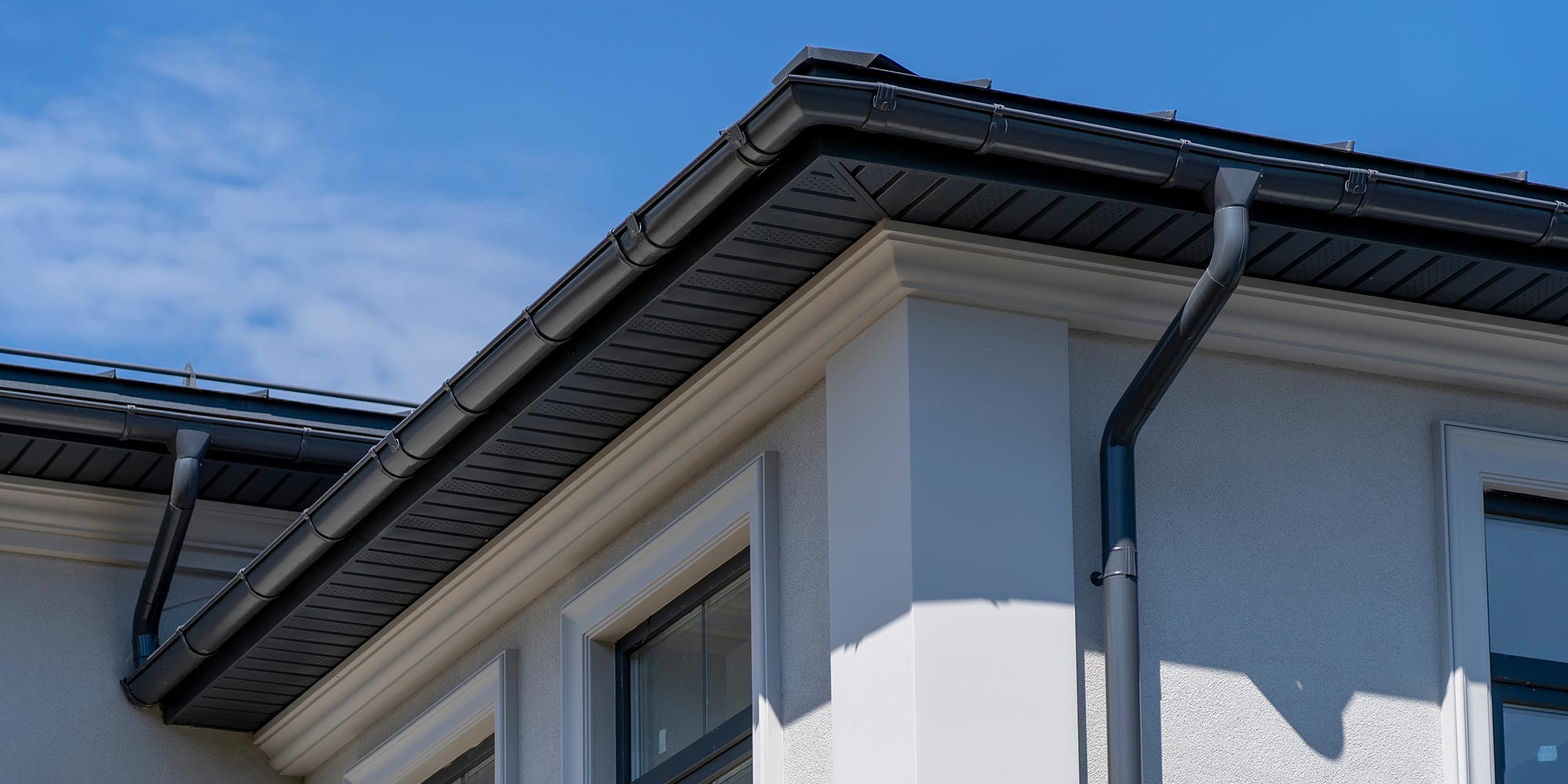

Articles
Where To Put Gutters On House
Modified: October 18, 2024
Looking for articles about where to put gutters on your house? Check out our expert tips and guidance to ensure proper gutter placement and functionality.
(Many of the links in this article redirect to a specific reviewed product. Your purchase of these products through affiliate links helps to generate commission for Storables.com, at no extra cost. Learn more)
Introduction
Gutters play a crucial role in maintaining the integrity and longevity of a house. They are designed to collect and divert rainwater away from the foundation, preventing water damage, erosion, and structural issues. Yet, when it comes to installing gutters, many homeowners are unsure of where to place them for maximum effectiveness. In this article, we will explore the importance of gutters on a house, factors to consider before installation, and where exactly to place gutters for optimal performance.
Gutters are not just an aesthetic addition to a house; they serve a practical purpose. Without gutters, rainwater can accumulate around the foundation, leading to costly repairs and potential damage to the structure. By directing water away from the foundation, gutters prevent soil erosion, basement flooding, and even the manifestation of mold and mildew. Additionally, gutters help protect the exterior of the house, including the walls, windows, and doors, from water damage.
Before installing gutters, there are a few factors to consider. Firstly, evaluate the climate in your area. If you live in an area with heavy rainfall or frequent storms, larger gutters with a higher capacity may be necessary. Additionally, consider the slope of your roof. Steeper roofs may require larger downspouts to handle the increased flow of water. Lastly, assess the landscape around your house. If your property has a lot of trees or is surrounded by tall structures, you may need additional gutter protection, such as gutter guards, to prevent debris from clogging the gutters.
Now that we understand the importance of gutters and have considered the relevant factors, let’s explore where exactly to place gutters on a house. It is important to install gutters in specific areas to ensure the effective collection and diversion of rainwater.
Key Takeaways:
- Properly placed gutters are essential for protecting your home from water damage, erosion, and structural issues. Consider factors like climate, roof slope, and house size before installation to ensure optimal performance.
- Strategic gutter placement along the front, back, and sides of your house is crucial for effective rainwater collection and diversion. Regular maintenance is key to prolonging the protection they provide for your home.
Read more: What Is The Purpose Of Gutters On Your House
Importance of Gutters on a House
Gutters are an essential component of any house’s drainage system. They play a critical role in safeguarding your home from water damage and preserving its structural integrity. Here are some key reasons why gutters are important:
- Preventing Foundation Damage: One of the primary functions of gutters is to divert rainwater away from the foundation of your house. Without gutters, rainwater cascades down the roof and accumulates around the base of the house. Over time, this can lead to foundation erosion and compromise the stability of your home. By channeling the water away from the foundation through downspouts and properly positioned gutters, you can minimize the risk of costly foundation repairs.
- Avoiding Basement Flooding: When rainwater is not properly managed, it can seep into the basement, causing flooding and significant damage. Gutters help to collect rainwater and direct it away from the house, reducing the likelihood of basement flooding. This is especially crucial if your home is located in an area prone to heavy rainfall or has a high water table.
- Protecting Exterior Surfaces: Rainwater can be destructive to the exterior of your house, including the walls, windows, and doors. Over time, constant exposure to water can lead to rot, mold, and other forms of water damage. Gutters act as a barrier, diverting water away from these vulnerable areas and preserving the overall condition and appearance of your property.
- Preventing Landscape Erosion: Improper water management can result in soil erosion around your home. Without gutters, rainwater will pour directly from the roof, creating runoff that washes away soil, plants, and landscaping features. This not only damages the aesthetics of your property but can also lead to drainage issues and a weakened foundation. Gutters help to control the flow of water, directing it to suitable areas for absorption or drainage.
- Preserving Siding and Paint: Excessive exposure to water can cause siding and paint on your home’s exterior to deteriorate more quickly. This can result in peeling paint, warped siding, and the need for frequent repairs or repainting. By installing gutters, you can minimize direct water contact with these surfaces, extending their lifespan and reducing maintenance costs.
In summary, gutters are not just an optional accessory for your home; they are a vital part of its protection and longevity. They help to prevent foundation damage, basement flooding, exterior deterioration, landscape erosion, and preserve the aesthetics of your property. If your house does not currently have gutters or if your existing gutters are in poor condition, it is highly recommended to invest in a professional gutter system installation to safeguard your home.
Factors to Consider Before Installing Gutters
Before you embark on the installation of gutters for your house, there are several important factors that you should take into consideration. These factors will help ensure that you choose the right type and size of gutters that will effectively manage rainwater flow and protect your home. Here are some key factors to consider:
- Climate: The climate in your area plays a significant role in determining the type of gutters you should install. If you live in a region with heavy rainfall or frequent storms, you will need gutters with a larger capacity to handle the increased water flow. The gutters should also be made from durable materials that can withstand harsh weather conditions.
- Roof Slope: The slope of your roof affects how quickly rainwater flows down into the gutters. Steep roofs can cause water to rush down more rapidly, requiring larger gutters and downspouts to handle the increased volume. In contrast, flat or low-slope roofs may require smaller gutters to prevent overflow.
- House Size: The size of your house also plays a role in determining the appropriate gutter size. Larger homes with a greater roof area will generally require larger gutters and downspouts to handle the increased water runoff.
- Landscape and Vegetation: Take into account the surrounding landscape and vegetation when planning your gutter installation. If your property has many trees or overhanging branches, consider using gutter guards or screens to prevent leaves and debris from clogging the gutters. Additionally, plan the placement of downspouts to direct water away from delicate landscaping features or areas that are prone to erosion.
- Budget and Maintenance: Consider your budget for gutter installation and maintenance. Different gutter materials and styles come at varying price points. Additionally, keep in mind the ongoing maintenance requirements of different gutter systems. Some materials may require more frequent cleaning or repair than others, so factor in the long-term maintenance costs.
- Professional Installation: While DIY installation is possible, it is often best to hire a professional for gutter installation. Professionals have the expertise to ensure correct placement and proper installation to maximize the effectiveness of the gutters. They can also provide guidance on the best gutter materials and styles for your specific needs.
By considering these factors before installing gutters, you can make informed decisions that will result in gutters that effectively manage rainwater, protect your home, and provide long-lasting performance. It is always a good idea to consult with a gutter installation professional who can assess your specific requirements and provide tailored recommendations.
Where to Install Gutters on a House
Now that you understand the importance of gutters and have considered the relevant factors, let’s explore where exactly to install gutters on a house. Proper placement is crucial to ensure effective collection and diversion of rainwater. Here are the key areas where gutters should be installed:
Front of the House
The front of the house is a critical area for gutter placement. Start by positioning gutters along the roofline, extending from one end to the other. Pay attention to any architectural features or protrusions, such as dormer windows or chimneys, and ensure that the gutters are properly fitted around them. Additionally, consider the entrance areas and walkways where rainwater runoff may be particularly problematic. Install downspouts in strategic locations to direct the water away from these high-traffic areas.
Read more: How To Clean Gutters On 2 Story House
Back of the House
Similarly, the back of the house should also have gutters installed along the roofline. This is especially important if you have a patio, deck, or outdoor living space at the back of your house. Gutters will help prevent rainwater from dripping onto these areas and causing inconvenience or potential damage. Position the downspouts away from these spaces to ensure water is directed away from them.
Sides of the House
The sides of the house are often overlooked when it comes to gutter placement. However, they are just as important as the front and back. Install gutters along the roofline on each side of the house. This will help collect rainwater that flows down the roof and prevent it from pooling near the foundation. Properly positioned downspouts will then divert the water away from the house.
Additionally, consider any areas where rainwater runoff from adjacent roofs or neighboring properties may affect your house. If necessary, install additional gutters or diverters to manage the flow of water effectively.
It is worth mentioning that the height at which the gutters are installed is also crucial. The bottom edge of the gutters should be just below the roofline, allowing them to catch the rainwater runoff without obstructing the natural flow of water from the roof. This helps to prevent water backup and ensures optimal performance.
By installing gutters in these key areas around your house, you can effectively collect rainwater and channel it away from the foundation, protecting your home from water damage and potential structural issues. Consider consulting with a professional to ensure proper gutter placement that suits your house’s specific requirements.
Front of the House
The front of the house is an essential area to prioritize when it comes to gutter installation. This is the face of your home and the first impression that visitors and passersby will have. It is crucial to ensure that gutters are properly installed to protect the exterior and maintain the aesthetic appeal. Here are some key considerations for placing gutters on the front of the house:
- Roofline: Install gutters along the entire roofline of the front of the house. This includes the eaves and any gables or overhangs. The gutters should be securely attached and positioned parallel to the roofline for optimal water collection.
- Architectural Features: Take into account any architectural features that may affect the placement of gutters. This could include dormer windows, decorative trim, or unique roof structures. Gutters should be carefully fitted around these features to ensure a seamless and visually appealing installation.
- Entrance Areas: Consider the entrance areas, such as the front door, porch, or steps. Install gutters and position downspouts strategically to divert water away from these areas. This will help prevent water from dripping down onto your guests or creating slippery surfaces that could pose a safety hazard.
- Landscaping: Pay attention to landscaping around the front of the house. If there are flower beds, shrubs, or other vegetation, ensure that the gutters are positioned to prevent excessive water runoff from damaging these features. Consider installing splash blocks or extenders to direct the water away from delicate plants.
- Aesthetics: While the primary function of gutters is to manage rainwater, it is also important to consider the visual impact. Choose gutters that complement the overall design and color scheme of your house. There are various materials and styles available, so you can select gutters that blend seamlessly with the front of your home, enhancing its curb appeal.
- Regular Maintenance: Once the gutters are installed, it is important to maintain them regularly. Clean out any debris, such as leaves or twigs, to prevent clogging and ensure proper water flow. Regularly inspect the gutters for any signs of damage, such as cracks or loose brackets, and address them promptly to maintain the effectiveness of the gutter system.
By installing gutters on the front of your house and considering these factors, you can protect the exterior, prevent water damage, and maintain the overall beauty of your home. For the best results, consult with a professional to ensure proper gutter placement that suits your specific needs and enhances the appearance of your front facade.
Back of the House
The back of the house is another important area where gutter installation is crucial. Whether you have a backyard oasis, a deck, or an outdoor living space, it is essential to properly manage rainwater to protect these areas and prevent potential damage. Here are some key considerations for placing gutters on the back of the house:
- Roofline: Install gutters along the entire roofline of the back of the house. Just like the front, the gutters should be securely attached and positioned in parallel with the roofline. This will ensure efficient collection and diversion of rainwater.
- Outdoor Living Areas: Pay special attention to any outdoor living areas at the back of your house, such as a patio, deck, or poolside area. Position gutters and downspouts in such a way that they direct water away from these spaces. This will help prevent rainwater from dripping onto your outdoor furniture, damaging the surfaces, or creating slippery conditions.
- Water Drainage: Consider the natural water drainage patterns of your backyard. Take note of any potential problem areas where water tends to accumulate or cause flooding. Install gutters and downspouts in strategic locations to redirect the water away from these areas, protecting your landscaping and preventing water damage to your property.
- Landscaping Protection: If you have a garden, flower beds, or other landscaping features at the back of your house, it is important to position the gutters to prevent excessive water runoff from damaging these areas. Consider using splash blocks or extenders to guide and control the flow of water, protecting your plants from erosion and oversaturation.
- Aesthetics: While functionality is key, the appearance of gutters at the back of the house should not be overlooked. Choose gutters that complement the design and color scheme of your home. There are various styles and materials available, allowing you to select gutters that seamlessly blend with the overall aesthetic of your property.
- Maintenance: Regular maintenance is essential to ensure the proper functioning of your gutters. Keep them clean and free of debris, such as leaves or branches, to prevent clogging. Regularly inspect the gutters for any signs of damage, and address any issues promptly to prevent water leakage or overflow.
By installing gutters at the back of your house and considering these factors, you can effectively manage rainwater, protect your outdoor living areas, and maintain the beauty of your backyard. Consult with a professional to ensure proper placement and customization of the gutter system to suit your specific needs and maximize the protection of your property.
When installing gutters on a house, make sure to place them along the roofline to catch and redirect rainwater away from the foundation. This will help prevent water damage and erosion.
Read more: How To Put Gutters On A Shed
Sides of the House
When it comes to gutter installation, the sides of the house are often overlooked. However, proper gutter placement on the sides is crucial for effectively managing rainwater and preventing potential damage. Here are some key considerations for placing gutters on the sides of the house:
- Roofline: Install gutters along the roofline on each side of the house. This includes any slopes or angled sections of the roof. It is important to ensure that the gutters are properly aligned and securely attached to the house to collect rainwater.
- Water Diversion: Consider the natural flow of rainwater on each side of your house. Position downspouts strategically to divert water away from sensitive areas, such as windows, doors, or walkways. This will help prevent water from seeping into your home, creating potential water damage or causing safety hazards.
- Adjacent Structures or Projections: Take into account any adjacent structures or projections, such as garages, sheds, or extended overhangs. Ensure that the gutters are fitted properly around these structures to prevent water from leaking or pooling near their foundations. This will help protect both the main house and the adjacent structures from potential damage.
- Landscaping and Driveways: Assess the landscaping and driveways on the sides of your house. Install gutters and position downspouts to avoid excessive water runoff onto these areas. If needed, consider installing additional splash blocks, extenders, or drainage systems to effectively manage water flow and prevent any erosion or damage.
- Eaves and Overhangs: If your house has eaves or overhangs, make sure that gutters are properly installed underneath them. These architectural features often create areas where rainwater tends to run off, and gutters can help collect and direct the water away from the house, preventing potential damage.
- Maintenance Access: Keep in mind that gutters on the sides of the house, especially those close to trees or vegetation, may require more frequent maintenance. Ensure that there is easy access for cleaning and inspecting the gutters to prevent debris build-up and potential clogging.
By installing gutters on the sides of your house and considering these factors, you can effectively manage rainwater, protect adjacent structures and landscaping, and prevent potential water damage. Consult with a professional to ensure proper placement and customization of the gutter system to maximize the protection and functionality of your home.
Conclusion
Gutters are an essential component for any house, playing a crucial role in protecting the foundation, preventing water damage, and preserving the overall integrity of the structure. Understanding where to install gutters is key to ensure their optimal performance and effectiveness.
By placing gutters along the front, back, and sides of your house, you can effectively collect rainwater and direct it away from the foundation. Along the front of the house, gutters should be installed along the roofline, taking into consideration any architectural features and entrance areas. At the back of the house, gutters should be positioned to protect outdoor living spaces and divert water away from these areas. The sides of the house should not be overlooked, with gutters installed along the roofline and downspouts strategically placed to manage water flow.
Before installing gutters, consider factors such as climate, roof slope, house size, landscaping, budget, and the need for professional installation. These factors will help guide your decision-making process and ensure that you choose the right type and size of gutters that meet your specific requirements.
Regular maintenance is essential to ensure the proper functioning of your gutters. Clean them regularly, inspect for any damage, and address issues promptly to prevent water leakage or overflow. By maintaining your gutters, you can ensure their longevity and prolong the protection they provide for your home.
In conclusion, gutters are an integral part of your home’s drainage system. Proper installation and placement of gutters are crucial for effectively managing rainwater and protecting your house from costly water damage. By considering the front, back, and sides of your house as key areas for gutter installation, you can ensure comprehensive protection and peace of mind.
Now that you've learned where to position gutters, it's crucial to know who installs and maintains them. If you're looking to get gutters fitted, seeking out skilled gutter installation experts is your next step. Meanwhile, ensuring your gutters are clean and functional is equally vital. Finding reliable professionals for gutter cleaning can save you from future headaches caused by water damage.
Frequently Asked Questions about Where To Put Gutters On House
Was this page helpful?
At Storables.com, we guarantee accurate and reliable information. Our content, validated by Expert Board Contributors, is crafted following stringent Editorial Policies. We're committed to providing you with well-researched, expert-backed insights for all your informational needs.
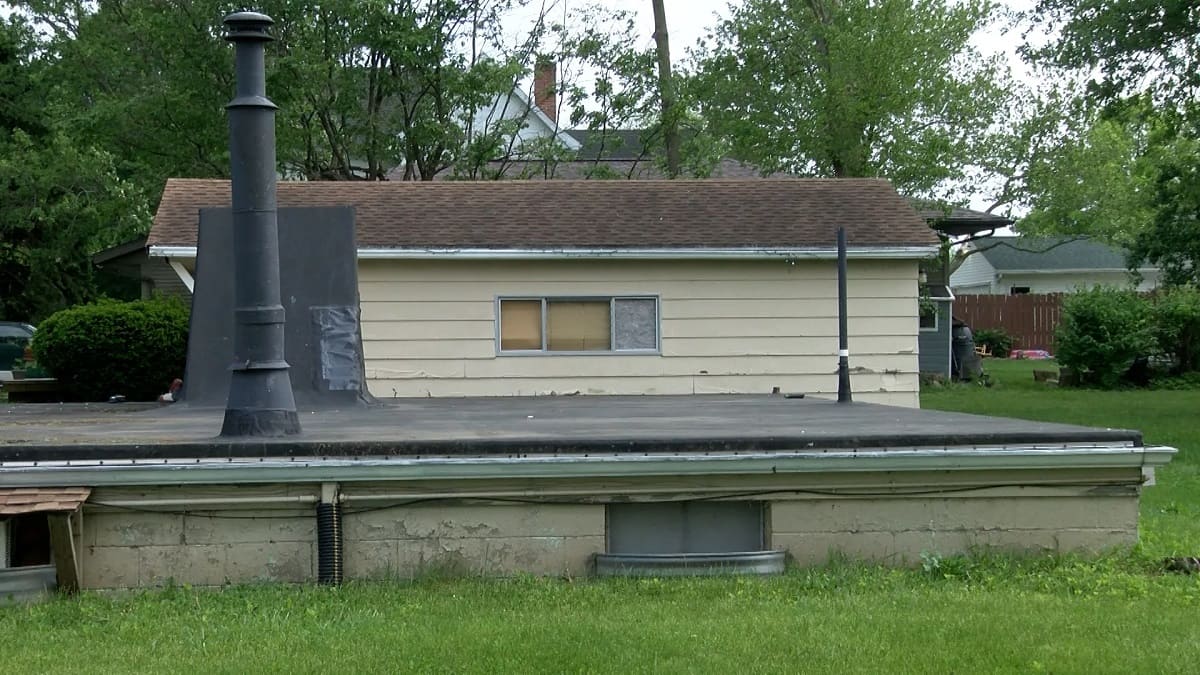
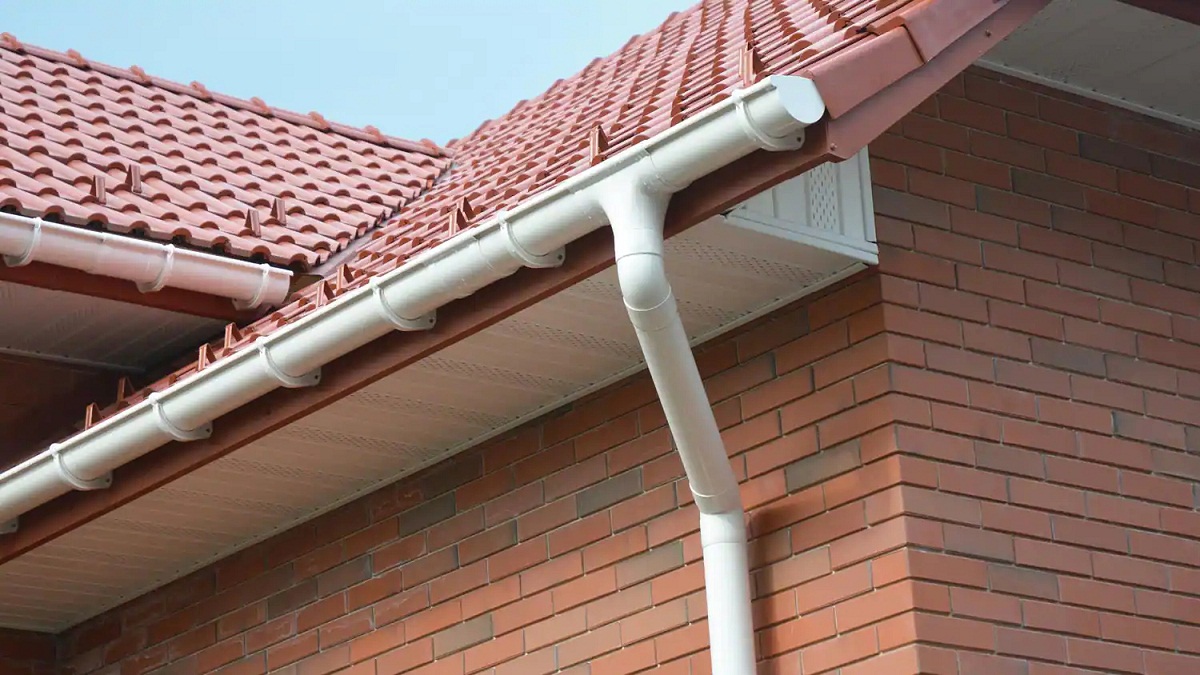
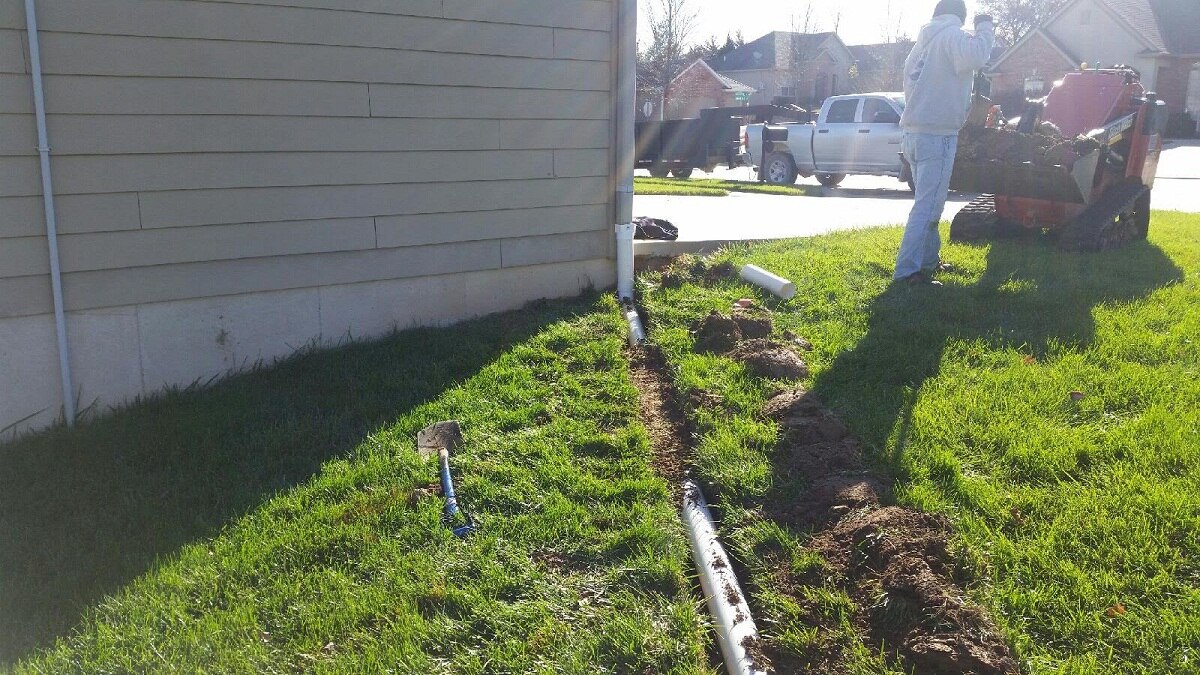
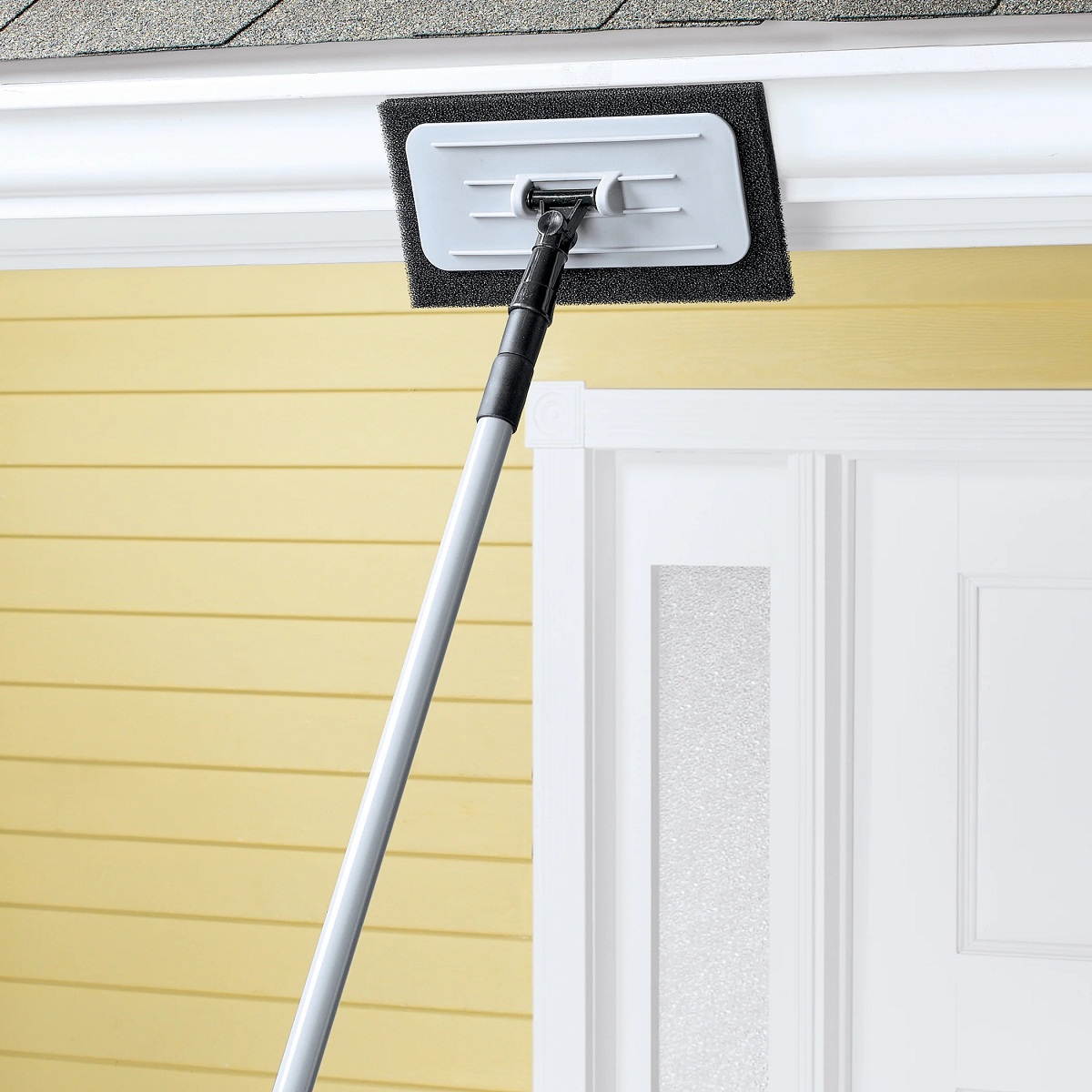
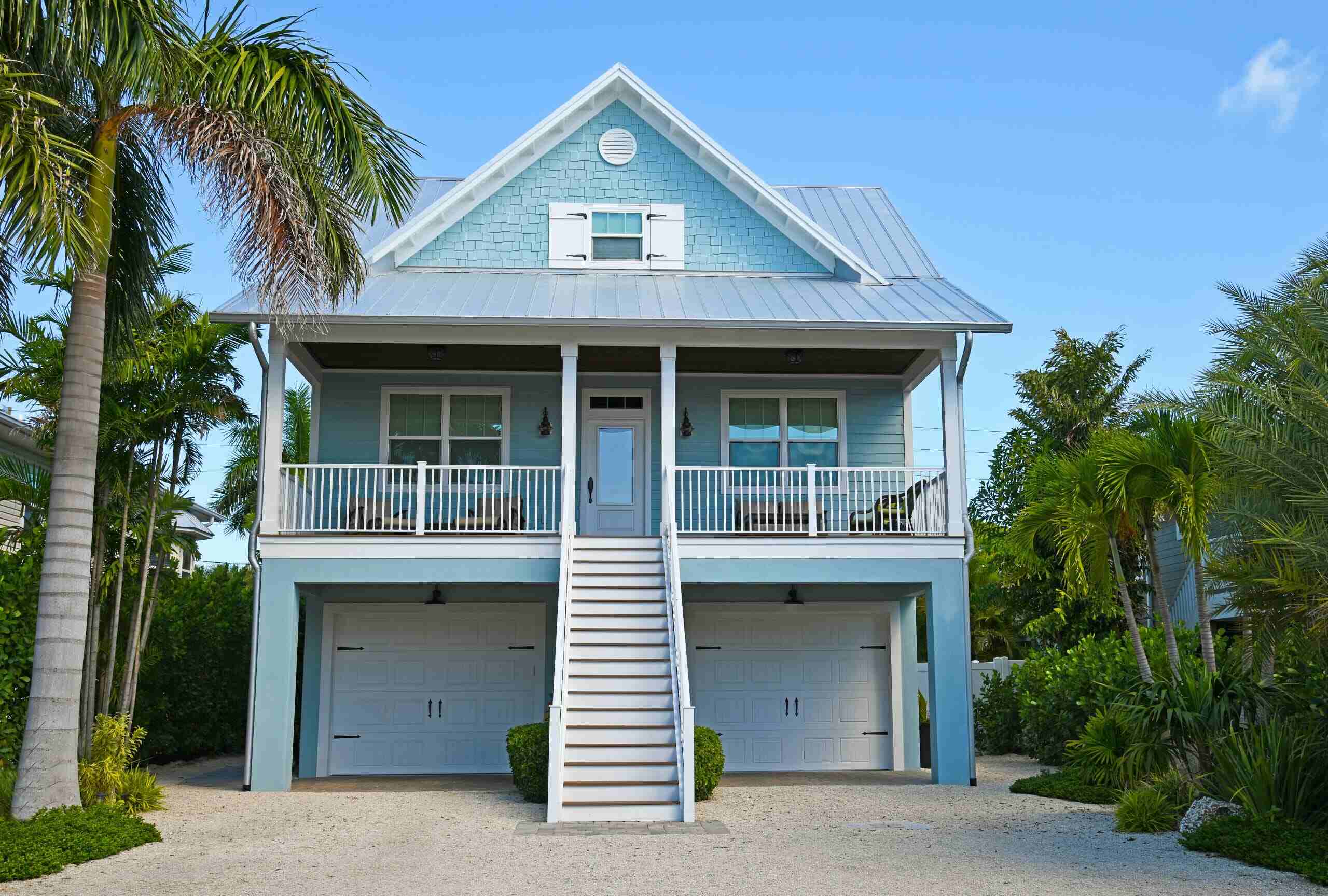

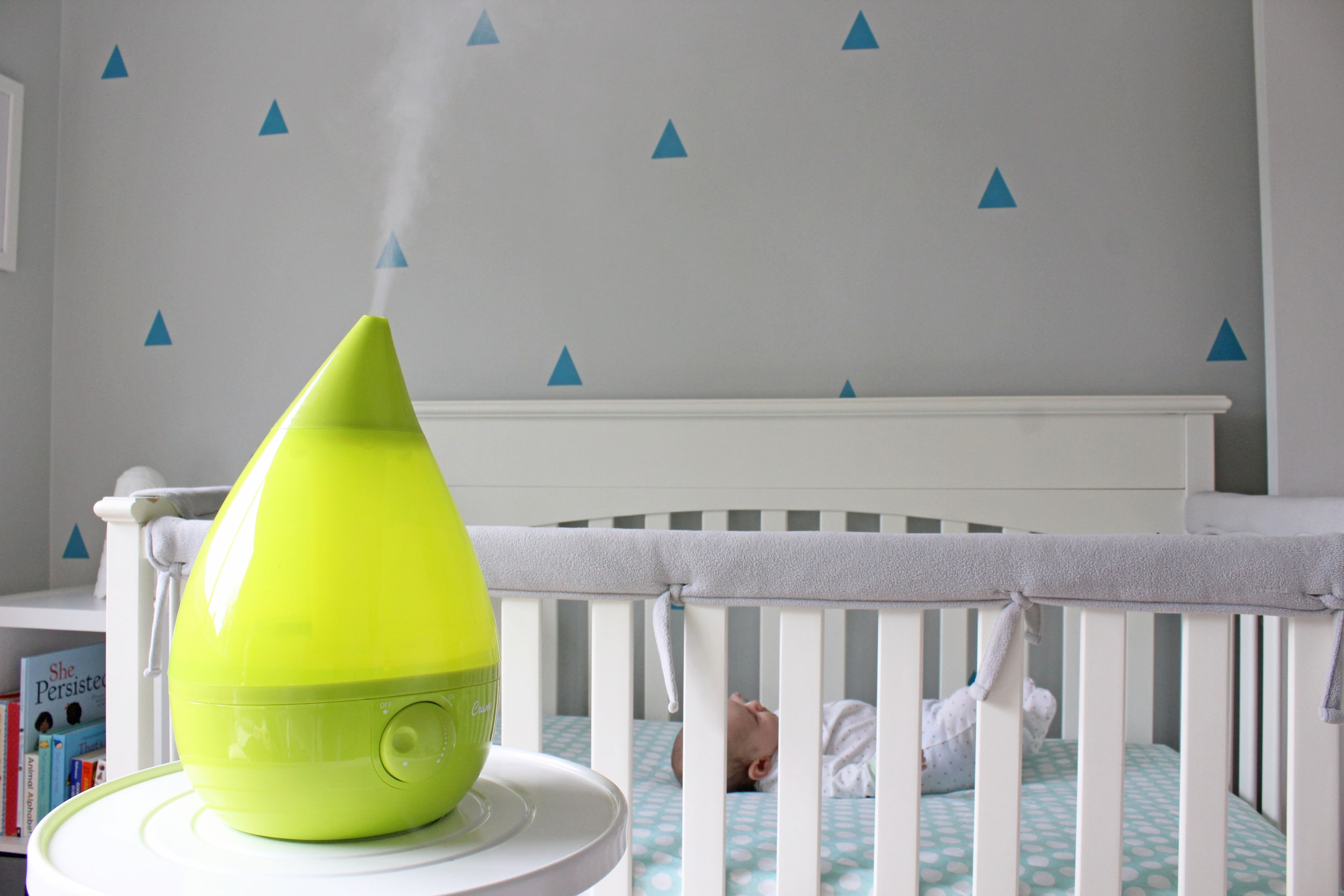

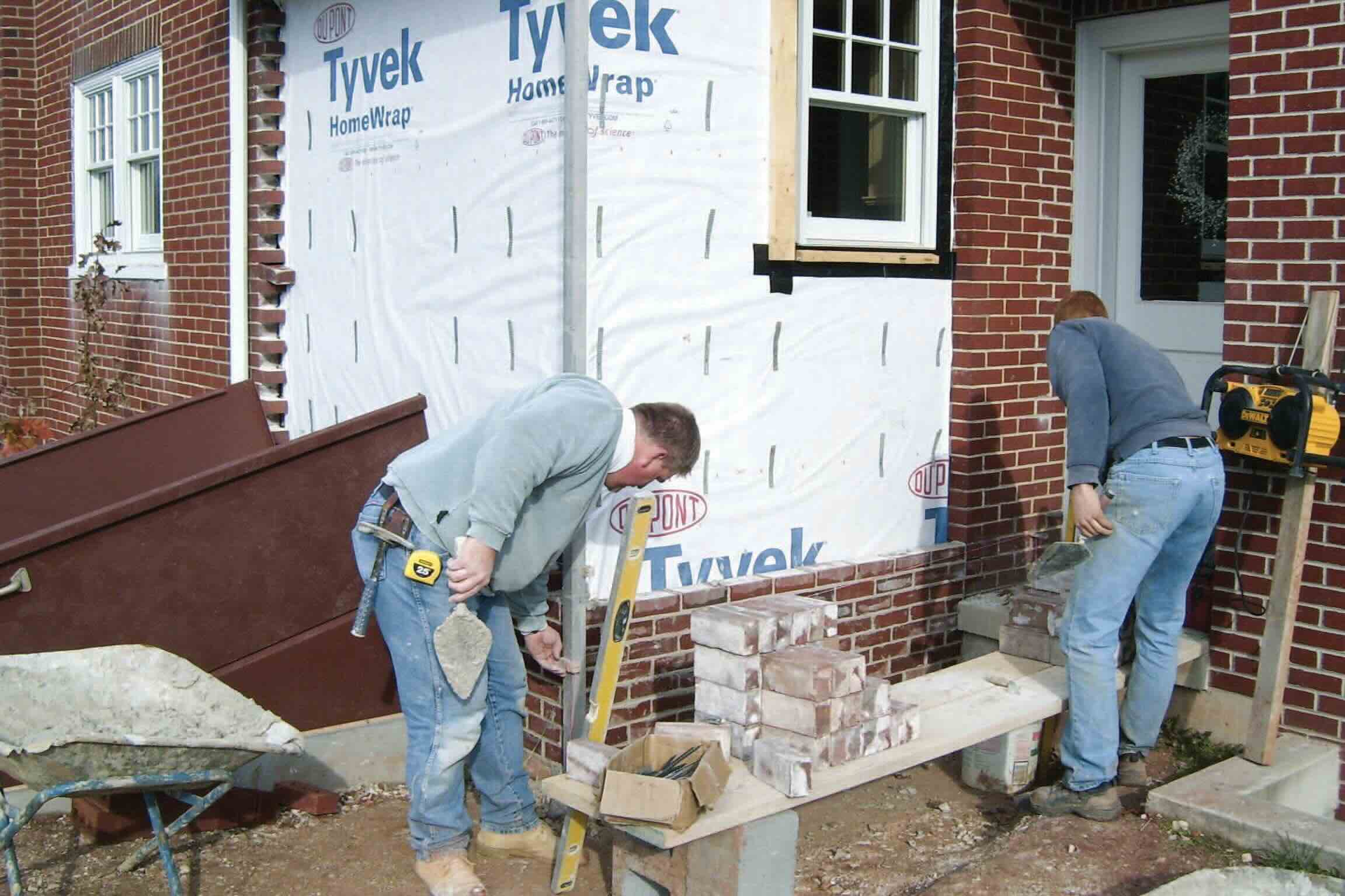
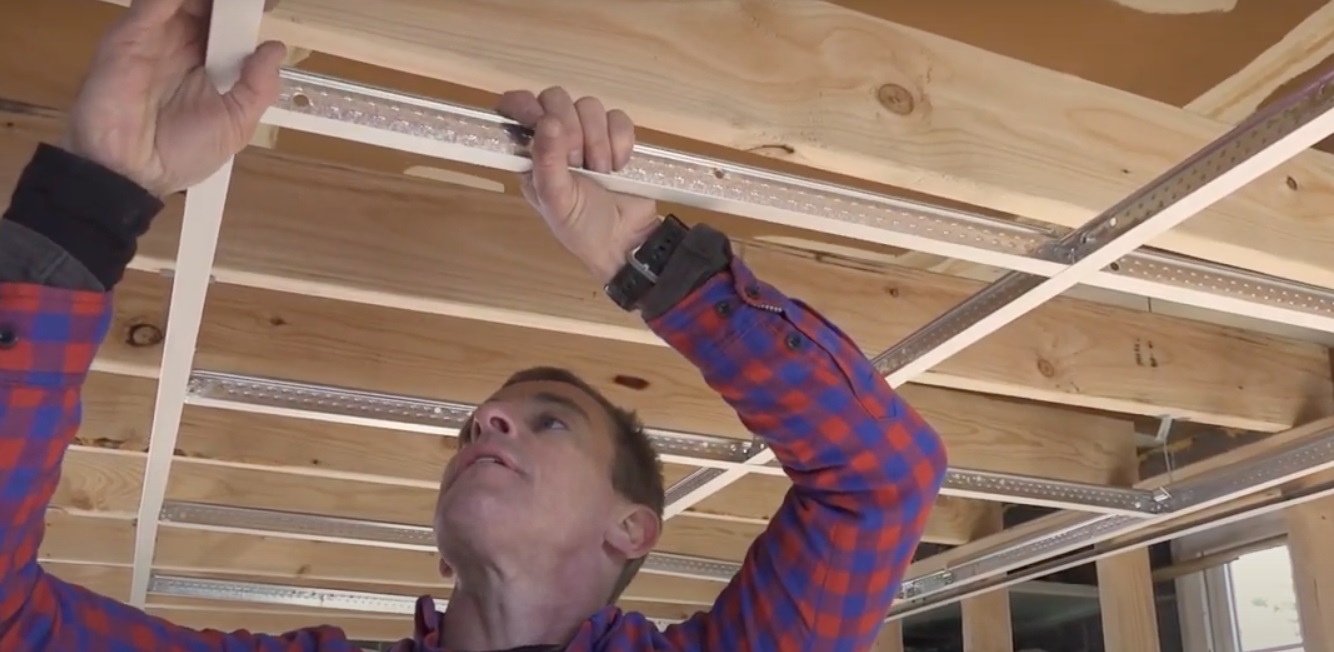
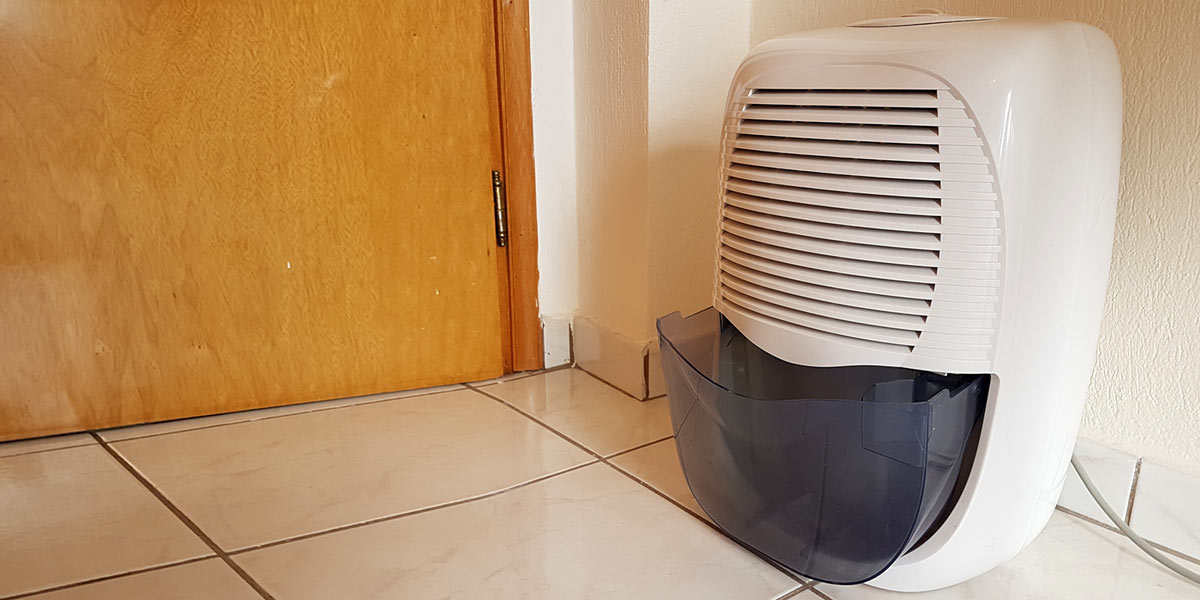
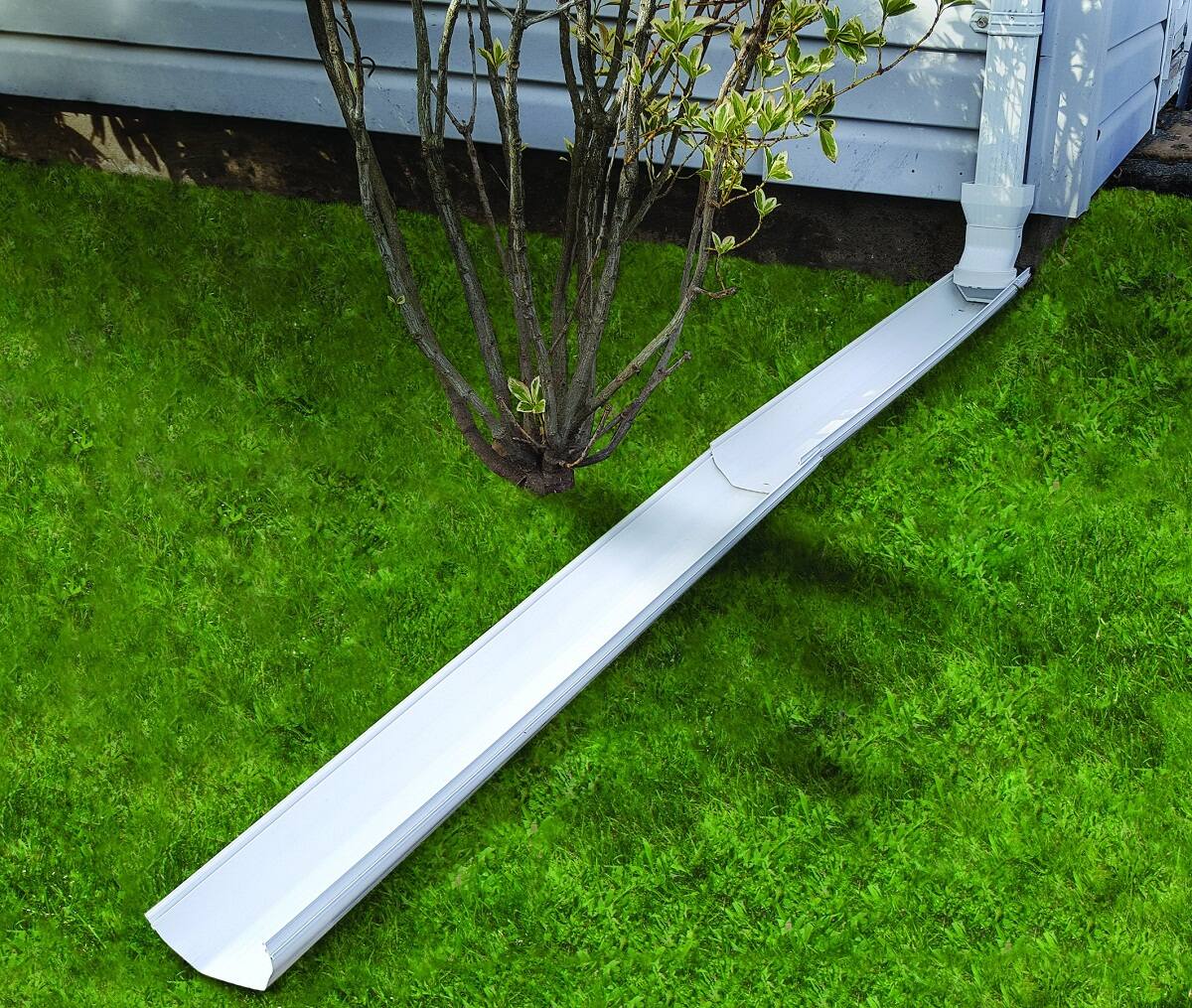
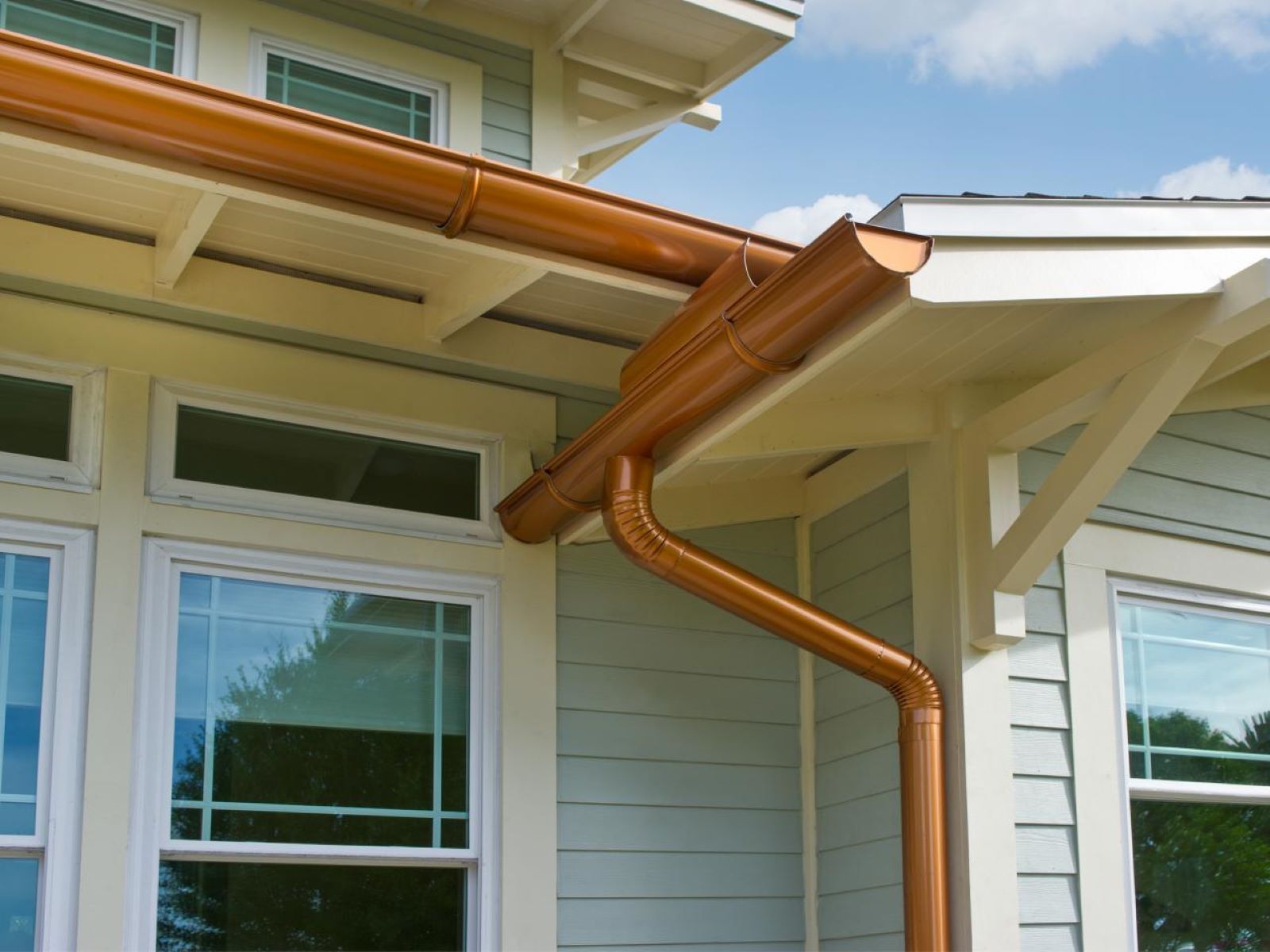

0 thoughts on “Where To Put Gutters On House”